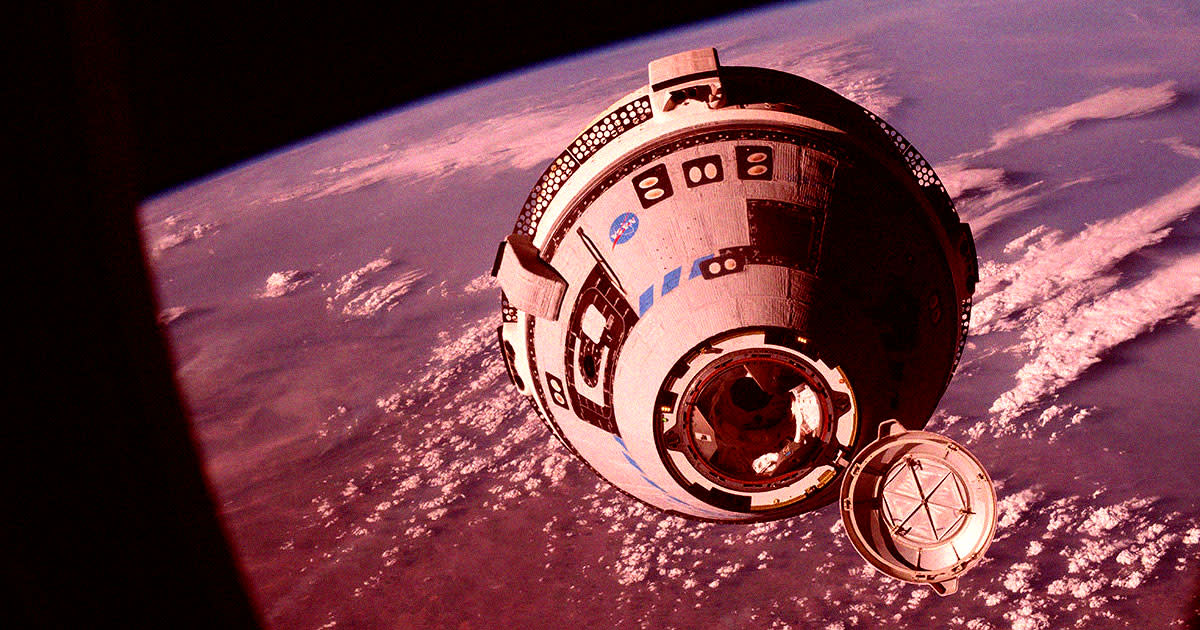Boeing Desperately Trying to Figure Out Thruster Issue That's Stranded Astronauts in Space All Summer

- Oops!Something went wrong.Please try again later.
- Oops!Something went wrong.Please try again later.
Stardelayer
Boeing is still desperately trying to figure out what went wrong with its Starliner spacecraft, which is still indefinitely stuck at the International Space Station.
The plagued capsule docked with the station on June 6, despite engineers discovering several helium leaks. After it had trouble docking with the station, more leaks were found affecting its thruster system.
And as the Associated Press reports, NASA still hasn't issued a return date for astronauts Butch Wilmore and Suni Williams, who have been stranded on board the station for well over a month now.
Most recently, Boeing completed tests on spare thrusters back on the surface in an attempt to figure out what went wrong.
"We collected an incredible amount of data on the thruster that could help us better understand what is going on in flight," said NASA’s commercial crew program manager Steve Stich in a NASA update. "Next, our team has moved into engine tear downs and inspections which will provide additional insight as we analyze the results and evaluate next steps."
Overheating
The helium leaks seem to have caused several of the Starliner's thrusters to overheat, throwing its ability to navigate back to Earth in doubt. NASA, however, has maintained that Starliner would still be able to safely return Williams and Wilmore in the case of an emergency.
"What we have found in this flight is we have fired the thrusters more than expected, and I would say more frequently," Stich said in a statement last week. "When I say frequently, I’m talking about how close you fire an individual thruster pulse to the next pulse of that thruster."
"What we’re trying to do at White Sands is really replicating exactly what those pulses were that those thrusters saw, and then understand the heating effects from those pulses, and then make sure there’s no unintended consequences of those pulses," he added.
As of today, Boeing has completed thruster testing, setting the stage for closer inspections.
Meanwhile, Wilmore and Williams have been busying themselves taking inventory of food stores and helping out with an experiment to test the manufacturing of optical fibers in space, according to NASA.
When they'll finally be able to return home after a mission that was meant to take 14 days — not several months — remains to be seen.
More on Starliner: Stranded Starliner Spacecraft’s Thrusters Have Been Overheating, NASA Admits

